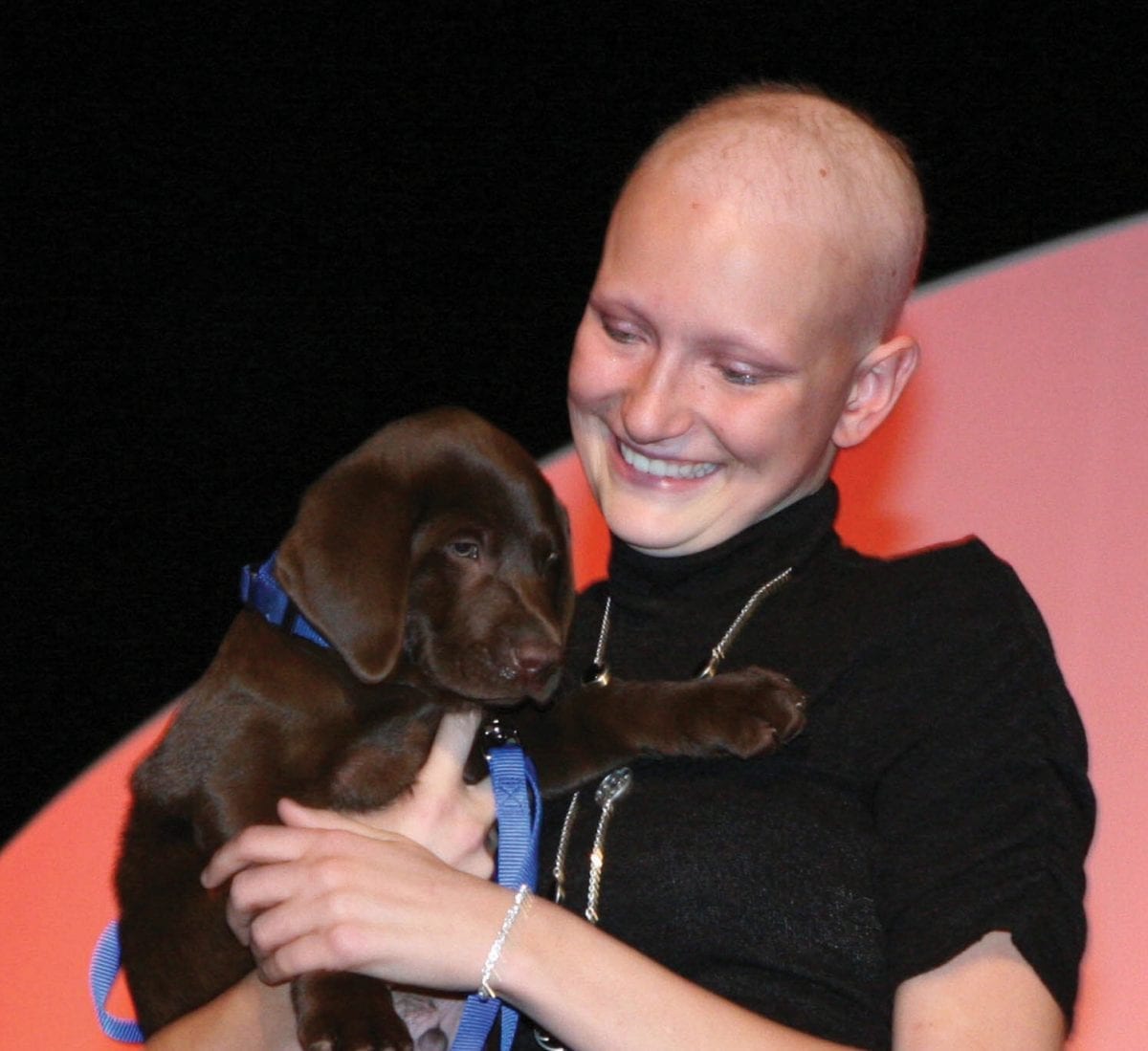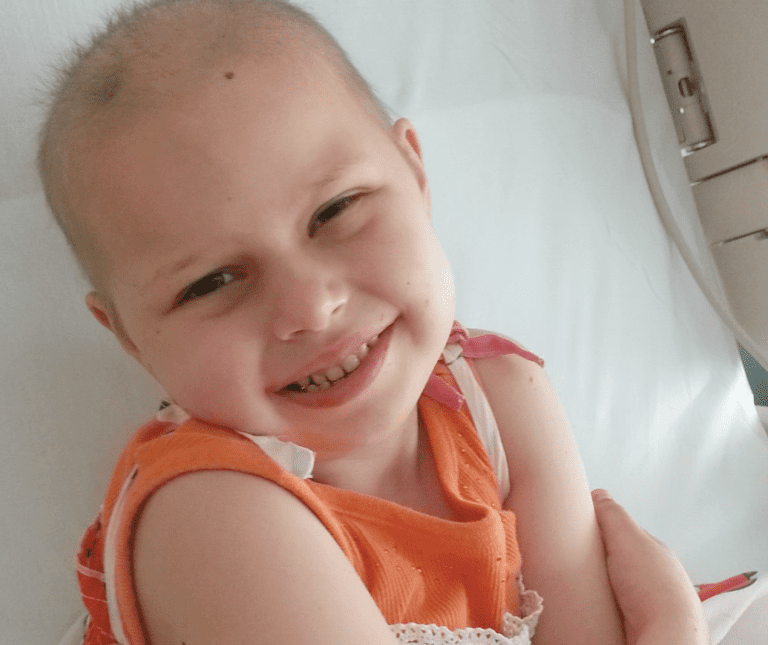When I was 17 years old, I was a three-sport varsity athlete, lifeguard and fiercely independent oldest child. I spent most summer nights at bonfires or stargazing. I drove my red Dodge Stratus with the windows down all over southern Minnesota with my long blonde hair blowing in the wind and a Taylor Swift CD turned up louder than ear doctors would prefer. The summer before my junior year of high school was coming to an end. My Facebook photo captions from that time read, “Best summer ever!!” There was little about my life I would have changed and my life was well-documented.
I had a cellphone with a camera (Remember when cellphones first got cameras? The novelty.) and a pocket-friendly digital camera which I bought with my lifeguarding money. I took photos of everything. The awkward phase of growing up had ended (thank goodness) and it became incredibly important to take photos of every sleepover, vacation, bowl of ice cream, day at the lake and summertime adventure. The photos in my albums on Facebook looked like most teenagers at the time - pictures of mostly friends, adventures, inside jokes and teams wearing medals with various colors of ribbons. In a matter of weeks, my teenage dream became a nightmare.
I was diagnosed on August 10, 2009 with non-Hodgkin’s lymphoma.
I stopped documenting my life and refused to let others take photos of me when my Taylor Swift-inspired long blonde hair began falling out by the handful as I tried to put it in a topknot. Chemo acted quickly and the crippling fear of losing my hair was coming to fruition. As the first round of chemo ended so did my willingness to digitally document my life. There was little about my life that I had a control over anymore and I clung to what I had left.
No more photos.
This wasn’t how I was going to be remembered, no matter the outcome. Perhaps more importantly, I didn’t like how I looked in photos. We have a few photos here and there with my “bald noggin,” but my once-athletic body had vanished into a twig. Nine years later, my wise mother was right; I wish I had more photos. I wish there were photos of me with dark circles under my eyes, missing eyelashes and eyebrows. I wish I had the photos of the people who came to visit me in the hospital, the dances I went to, the birthday parties I attended and photos to document just how sick I truly was.
Nine years later, I have five tips for the good, kind, patient and often thankless caregivers reading this message.
- Your kid is in charge. This is their battle. They get to choose how they want their life documented and share. ASK your child about how much exposure they would like. Are Facebook photos okay? What about picture text messages? Have frequent discussions about what sharing photos looks like. What was okay during the second round of chemo may not be okay during the seventh. Kids can change their minds. Let them exercise this power.
- If your kid is like me and does not want photos to be taken, that’s okay. You can have conversations about why it could be important to take photos to have to look back on. The discussion, “Tell me more about why you don’t want to be in front of a camera,” could start an illuminating conversation for you.
- Put a camera in the hands of your child. Art therapy is real and there is more to document in the experience of cancer than a bald child who has lost 30 pounds. Create a photo scavenger hunt. Could you partner with a professional photographer to learn more about how to take photos? The University of Minnesota Masonic Children’s Hospital has an art therapy program called Perspectives, where a professional photographer teaches caregivers and kids how to take photos with a professional camera. This gives the caregivers and kids the power to document their own experiences, through their own eyes.
- Look for opportunities when your child is ok with having their picture taken. My mom was clever. Almost all of the photos we have include me standing next to something or someone. She discovered I was willing to be photographed if I stood next to sculptures, doctors, nurses, PCAs, puppies and gifts from family and friends. This was an excellent approach, which I was completely oblivious to. (Nice job, Mom.)
- Pick your battles. I understand how desperately you may want to document this journey, but I can’t underscore enough how important it was that my mom, family and friends allowed me to be in charge. All though I wish I had more photos nine years later, my voice being heard at the time was more important.
Hair grows back - but that doesn’t make the process of losing it any easier. I went to prom that year with hair shorter than my date and I have a pixie cut in my senior photos. Nine years later, my hair is in a bun on top of my head most days. I began taking photos again and have a perspective on life which I’m abundantly grateful for.
Written by Katrina Siebels
Katrina was diagnosed with non-Hodgkin lymphoma when she was 17 years old. Now nine years past her cancer diagnosis date, she works in youth ministry at St. Therese Catholic Church in Wayzata, Minnesota. To read more from Katrina, read her pieces Do You Want a Warm Blanket and Nine Years Later.




